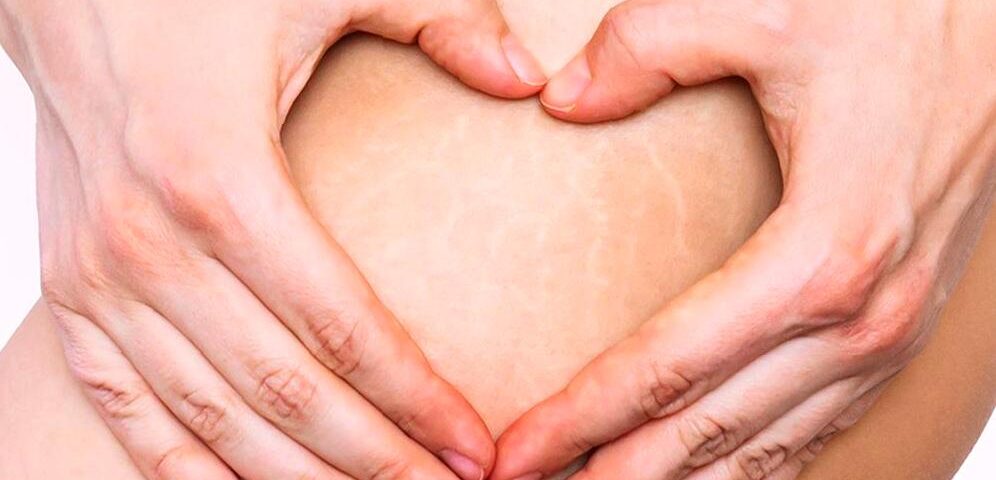Stretch marks are a common skin condition characterized by streaks or stripes that can appear on various parts of the body. Often caused by rapid weight gain, hormonal changes, or pregnancy, these marks can be distressing for many individuals. Fortunately, there are effective ways to treat and prevent stretch marks, allowing you to keep your skin looking its best. In this article, we will delve into both treatment methods and preventive measures, providing you with actionable steps to maintain smooth, healthy skin.

Understanding Stretch Marks
Stretch marks, or striae, are a form of scarring that occurs when the skin is stretched quickly, causing the collagen and elastin fibers to rupture. While they can affect anyone, they are more common in women, especially during pregnancy or hormonal changes associated with puberty and menopause. The color of stretch marks can vary, ranging from red, purple, to white, depending on how long they have been present and an individual’s skin tone. Initially, they may appear raised and red or purple in color, but over time they typically fade to a lighter hue. Understanding the underlying causes of stretch marks is crucial for choosing the right treatment and preventive measures.

Effective Treatments for Stretch Marks
There are various treatment options available for those looking to minimize the appearance of stretch marks. The effectiveness of these treatments can vary from person to person, but some of the most popular include:
- Topical Treatments: Creams and ointments containing ingredients like retinoids, hyaluronic acid, or glycolic acid can help improve skin texture and promote collagen production.
- Microdermabrasion: This non-invasive procedure involves exfoliating the skin to promote new cell growth and improve skin texture.
- Laser Therapy: This technique uses targeted light to stimulate collagen production and improve the appearance of stretch marks.
- Chemical Peels: Peels utilize acids to remove the outer layer of skin, promoting faster healing and new skin growth.
- Microneedling: This innovative treatment creates tiny punctures in the skin, stimulating collagen production and promoting healthier skin.
Before deciding on a treatment, it’s advisable to consult with a dermatologist who can recommend the best option based on your skin type and the severity of your stretch marks.

Preventive Measures for Stretch Marks
Prevention is often the best approach when it comes to stretch marks. While it’s not always possible to stop them entirely, adhering to preventive measures can significantly reduce the likelihood of their development. A few effective strategies include:
- Maintain a Healthy Weight: Slower, steadier weight gain or loss can help minimize the occurrence of stretch marks.
- Stay Hydrated: Drinking plenty of water keeps your skin hydrated, improving its elasticity and ability to stretch without damage.
- Nourish Your Skin: Use moisturizers and topical treatments rich in vitamins E, C, and D, as well as omega-3 fatty acids, to bolster skin elasticity.
- Eat a Balanced Diet: Consuming foods high in zinc and protein can support collagen production and minimize skin damage.
- Exercise Regularly: Keeping fit improves blood circulation and skin health, helping to maintain elasticity.
Implementing these lifestyle changes can be beneficial not just for preventing stretch marks but also for overall skin health.

When to Seek Professional Help
While many stretch marks can fade over time, some individuals may feel dissatisfied with their appearance even after several months or years. If you find that your stretch marks are particularly distressing or do not improve with home treatments, it may be time to consult a dermatologist or skincare professional. They can evaluate your skin and suggest a tailored treatment plan that best meets your needs. Additionally, exploring professional options such as laser therapy or microneedling can lead to significant improvements if over-the-counter treatments have fallen short.
Conclusion
Treating and preventing stretch marks can be an accessible endeavor with the right approaches. By understanding the causes, using effective treatments, and taking preventive measures, you can enhance your skin’s appearance and maintain its health. Although stretch marks are common and often harmless, reducing their visibility can foster improved self-confidence. Whether through topical applications, professional treatments, or lifestyle changes, keep your skin vibrant and resilient in the face of these inevitable skin changes.
FAQs
Stretch marks can fade over time but typically do not disappear completely. Various treatments can minimize their appearance, making them less noticeable.
2. Can stretch marks be prevented during pregnancy?
While it may not be entirely possible to prevent stretch marks during pregnancy, maintaining a healthy weight, moisturizing the skin, and staying hydrated can help reduce their formation.
3. Which topical treatments are most effective for stretch marks?
Topical treatments containing retinoids, hyaluronic acid, and glycolic acid are often cited as effective options for improving the appearance of stretch marks.
4. How long do stretch marks take to fade?
Stretch marks can start to fade within a few months to years after they first appear, transitioning into a lighter color, although the duration varies by individual.
5. When should I consider professional treatment for stretch marks?
If at-home treatments have not yielded satisfactory results after several months, or if you feel particularly distressed by their appearance, seeking professional advice may be beneficial.
